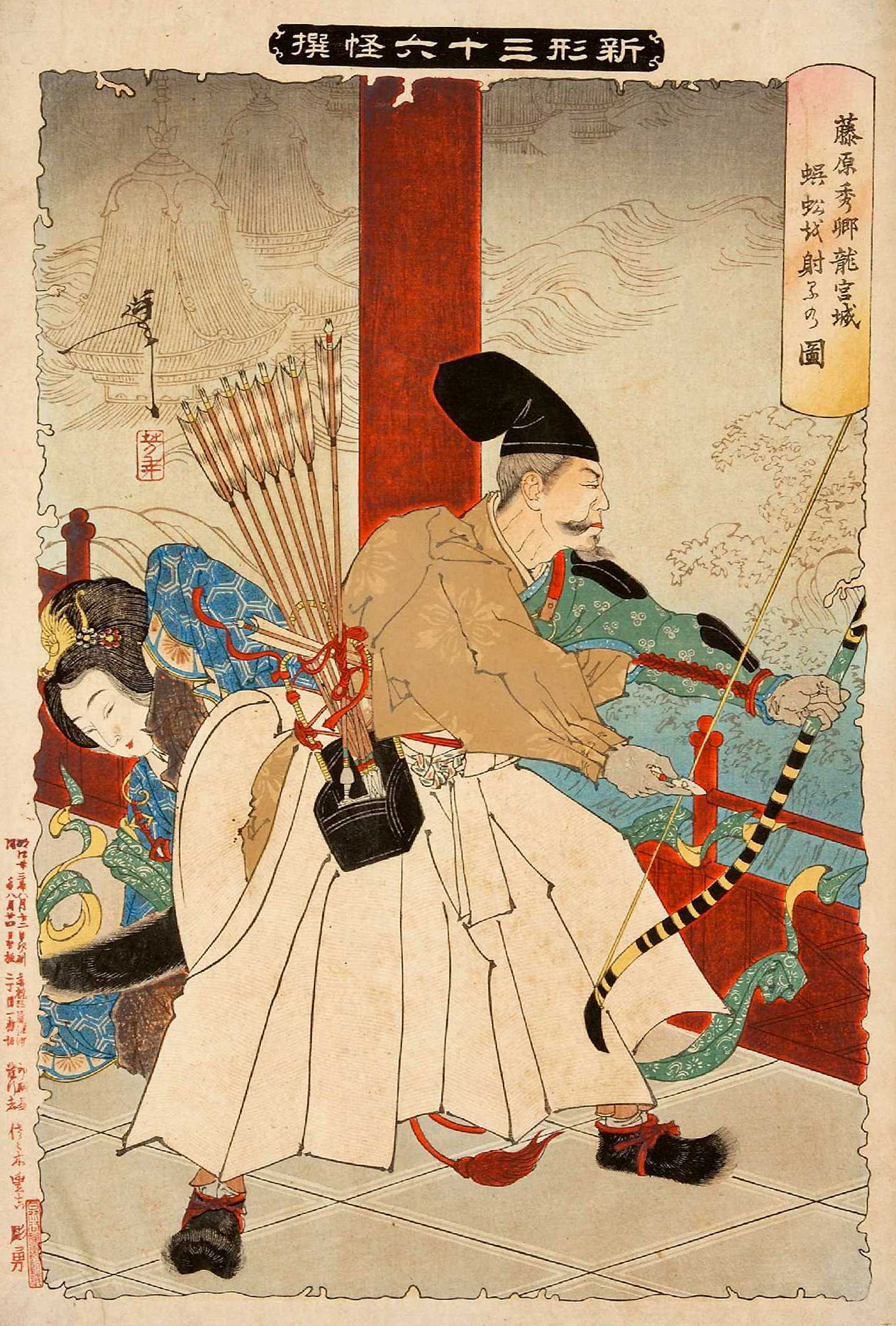|
Yazutsu
or ''Yadzutsu'' is a type of arrow quiver used in kyūdō, Japanese archery, using the Japanese longbow, the Yumi. It is generally cylindrical in shape, and zippered at the top, and appears something like a cylindrical holder of plans. As ''kyūdō ya'' (arrows) are quite long, the ''yazutsu'' is quite long compared to quivers from other styles of archery. Traditional ''yazutsu'' are made of cloth/satin or leather, modern ones are often made of synthetic material. They are often decorated with cord. In kyūdō the ''yazutsu'' is generally just used to carry the arrows to the dōjō. Once in the dōjō, they are held in the hand or placed on the ground for actual nocking and shooting. Traditional archers may use another type of quiver, the ''yebira are types of quiver used in Japanese archery. The quiver is unusual in that in some cases, it may have open sides, while the arrows are held in the quiver by the tips which sit on a rest at the base of the ebira, and a rib that comp ... [...More Info...] [...Related Items...] OR: [Wikipedia] [Google] [Baidu] |
Yebira
are types of quiver used in Japanese archery. The quiver is unusual in that in some cases, it may have open sides, while the arrows are held in the quiver by the tips which sit on a rest at the base of the ebira, and a rib that composes the upper part and keeps them in place. There are many types of ebira, some more ornate, some ceremonial, some more plain. Other types of ebira are more substantial and more boxlike, much like quivers from other countries. The ebira was used traditionally by samurai in combat or hunting, and also is used for ceremonial archery in modern-day Japan, such as in yabusame. It could be quite decorative. It is completely different from the cylindrical yazutsu, which is used only for carrying Kyūdō arrows. Some ebira could hold up to three dozen arrows. The ebira can be slung over the back, or kept on saddle by horse archers. Gallery File:Yebira utsubo 1.JPG, Utsubo type quiver. File:Yebira yazutsu or yadzutsu 2.JPG, Yazutsu or yadzutsu type quive ... [...More Info...] [...Related Items...] OR: [Wikipedia] [Google] [Baidu] |
